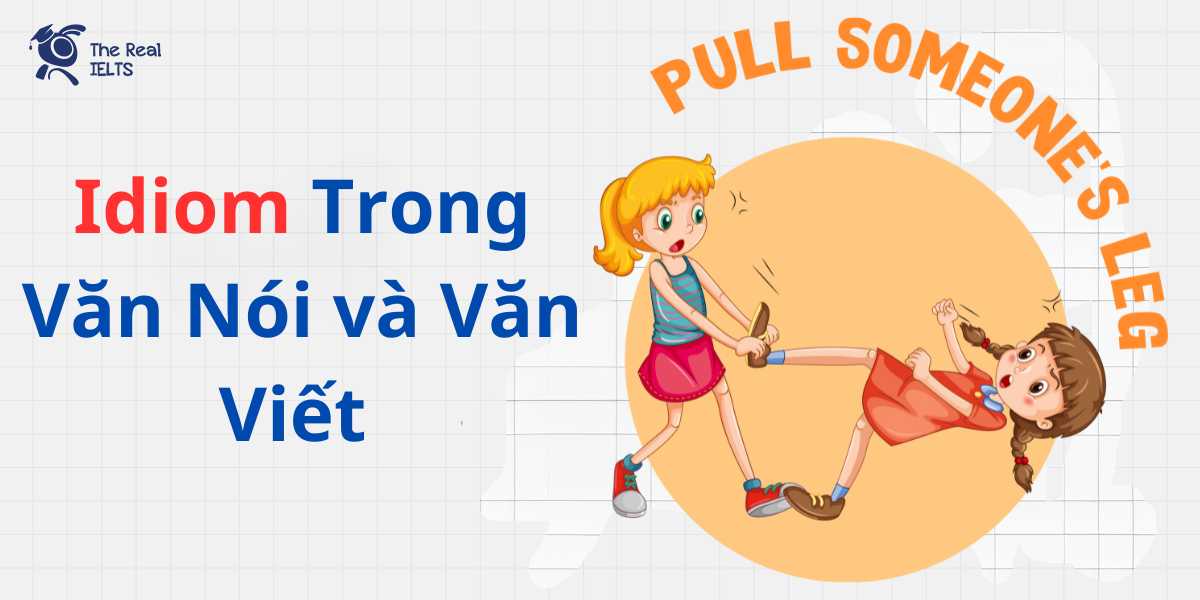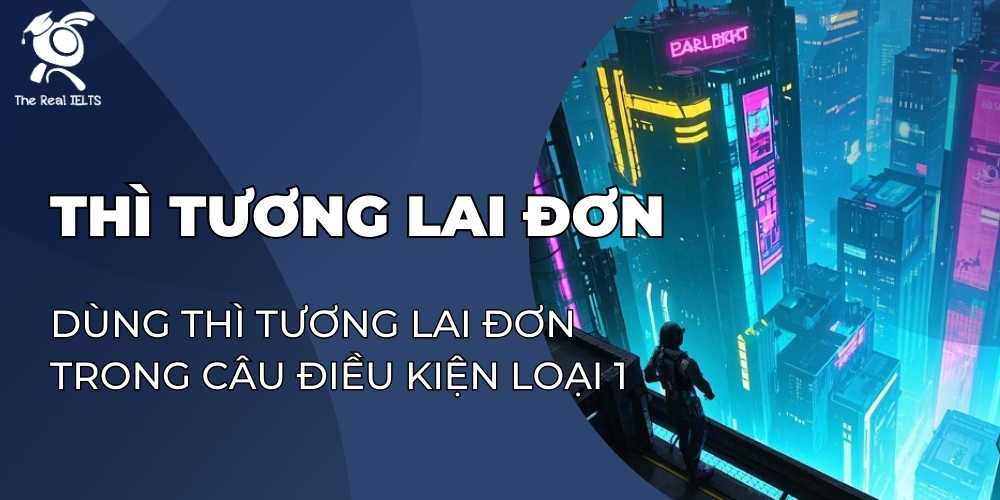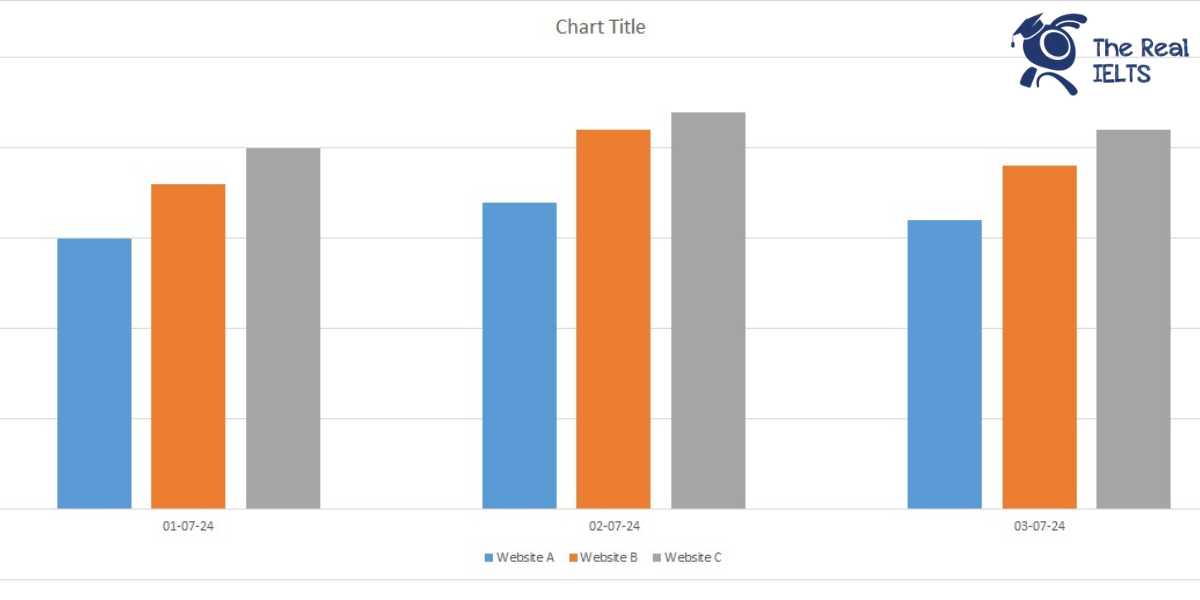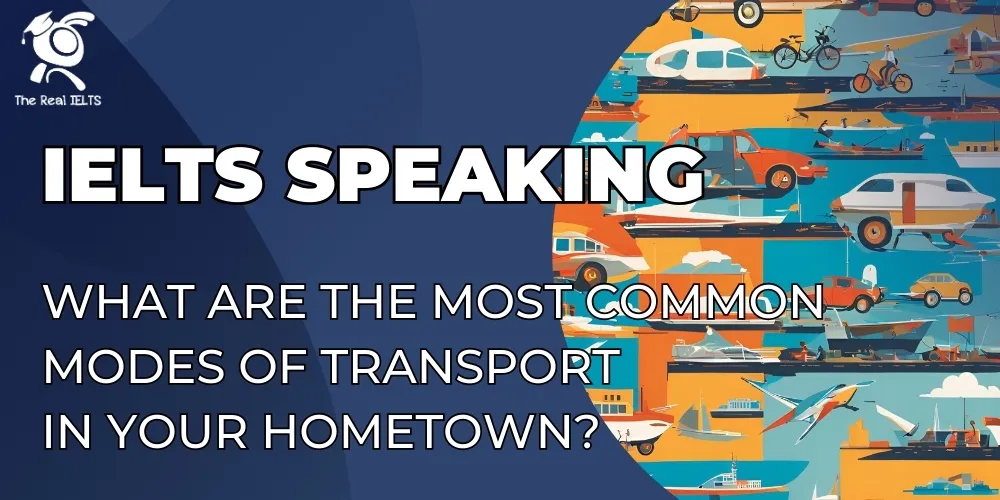IELTS Reading 6: Renewable Energy Resources là chủ đề thuộc chuỗi bài luyện tập 11 dạng bài IELTS Reading và các bài tập luyện tập.
Học lại bài cũ: IELTS Reading 5: Rainforests and Biodiversity.
IELTS Reading: Renewable Energy Resources
Renewable energy resources refer to energy derived from natural processes that are continually replenished. Unlike fossil fuels, which are finite and contribute to environmental degradation, renewable energy sources offer sustainable alternatives that can significantly reduce greenhouse gas emissions and dependence on non-renewable resources.
1. Solar Energy
Solar energy harnesses sunlight through photovoltaic cells or solar thermal systems. This form of energy is abundant and can be utilized in various applications, from residential power generation to large-scale solar farms. The declining cost of solar technology and government incentives have led to a surge in solar energy adoption worldwide. Moreover, advancements in energy storage solutions, such as batteries, have addressed the intermittent nature of solar power, ensuring a more reliable energy supply.
2. Wind Energy
Wind energy is generated by converting the kinetic energy of wind into mechanical power, which can then be transformed into electricity. Wind turbines, whether onshore or offshore, are becoming increasingly efficient and are capable of producing significant amounts of energy. The growth of wind farms has been driven by technological improvements and the global push for clean energy sources. Additionally, wind energy has a minimal environmental footprint compared to traditional energy generation methods.
3. Hydropower
Hydropower utilizes the energy of flowing or falling water to generate electricity. It is one of the oldest and most established forms of renewable energy. Large dams, such as the Hoover Dam, have historically dominated hydropower generation; however, small-scale hydro projects are gaining traction due to their lower environmental impact. Hydropower not only provides a steady source of energy but also plays a crucial role in flood control and water supply management.
4. Biomass Energy
Biomass energy is derived from organic materials, such as plant and animal waste. This form of renewable energy can be converted into biofuels, electricity, or heat. Biomass has the potential to contribute to energy needs while also reducing waste. However, its sustainability depends on responsible sourcing and management practices to prevent deforestation and land degradation.
5. Geothermal Energy
Geothermal energy taps into the Earth’s internal heat to produce electricity or provide direct heating. This resource is particularly effective in volcanic regions and is available year-round, making it a reliable energy source. Geothermal power plants have a small land footprint and produce minimal emissions, highlighting their environmental benefits.
Conclusion
The transition to renewable energy resources is essential for achieving a sustainable future. By investing in and developing these technologies, countries can reduce their reliance on fossil fuels, mitigate climate change, and foster energy independence. With continued innovation and commitment, renewable energy has the potential to meet the world’s growing energy demands while protecting the planet for future generations.
Question
1. Multiple Choice (Chọn đáp án đúng)
Question: What is the main benefit of solar energy technology mentioned in the passage?
A) It requires a significant amount of land.
B) It is dependent on fossil fuel prices.
C) The cost of solar technology is declining.
D) It produces a large amount of waste.
Answer: C
2. True/False/Not Given (Đúng/Sai/Không có thông tin)
Statement: Wind energy has a high environmental footprint compared to traditional energy generation methods.
- True
- False
- Not Given
Answer: False
3. Yes/No/Not Given (Có/Không/Không có thông tin)
Statement: Geothermal energy is available year-round and has a minimal land footprint.
- Yes
- No
- Not Given
Answer: Yes
4. Matching Information (Ghép thông tin)
Instructions: Match the statements with the appropriate sections of the passage.
- This energy source can reduce waste.
- This type of energy is produced from flowing or falling water.
- It is one of the oldest forms of renewable energy.
Answer:
1 – Biomass Energy
2 – Hydropower
3 – Hydropower
5. Matching Headings (Ghép tiêu đề)
Instructions: Choose the appropriate heading for each paragraph.
- Solar Energy
- Wind Energy
- Biomass Energy
Answer:
1 – Heading 1
2 – Heading 2
3 – Heading 4
6. Matching Sentence Endings (Ghép kết thúc câu)
Instructions: Complete the sentences with the appropriate ending.
- Solar energy is harnessed through…
- Wind turbines can be located…
- Hydropower plays a crucial role in…
Answer:
1 – photovoltaic cells.
2 – onshore or offshore.
3 – flood control and water supply management.
7. Sentence Completion (Hoàn thành câu)
Instructions: Complete the sentence with a suitable word or phrase.
Biomass energy is derived from __________ materials.
Answer: organic
8. Summary Completion (Hoàn thành bản tóm tắt)
Instructions: Complete the summary with appropriate words or phrases.
Geothermal energy uses the Earth’s __________ to produce electricity.
Answer: internal heat
9. Diagram Label Completion (Hoàn thành nhãn sơ đồ)
Instructions: Label the diagram based on the information provided in the text.
- Wind Energy: __________
- Solar Energy: __________
- Biomass Energy: __________
Answer:
1 – Wind turbines
2 – Photovoltaic cells
3 – Organic materials
10. Short Answer Questions (Câu hỏi trả lời ngắn)
Question: What is one advantage of hydropower mentioned in the passage?
Answer: It provides a steady source of energy.
11. Table/Flowchart/Note Completion (Hoàn thành bảng/sơ đồ dòng/chú thích)
Instructions: Complete the table based on the information in the passage.
| Energy Source | Key Benefits | Environmental Impact |
|---|---|---|
| Solar | Declining costs | Minimal emissions |
| Wind | Efficiency | Low footprint |
| Geothermal | Year-round availability | Minimal land use |
Answers
1. Multiple Choice (Chọn đáp án đúng)
Question: What is the main benefit of solar energy technology mentioned in the passage?
Answer: C) The cost of solar technology is declining.
2. True/False/Not Given (Đúng/Sai/Không có thông tin)
Statement: Wind energy has a high environmental footprint compared to traditional energy generation methods.
Answer: False
3. Yes/No/Not Given (Có/Không/Không có thông tin)
Statement: Geothermal energy is available year-round and has a minimal land footprint.
Answer: Yes
4. Matching Information (Ghép thông tin)
Instructions: Match the statements with the appropriate sections of the passage.
Answer:
1 – Biomass Energy
2 – Hydropower
3 – Hydropower
5. Matching Headings (Ghép tiêu đề)
Instructions: Choose the appropriate heading for each paragraph.
Answer:
1 – Heading 1 (Solar Energy)
2 – Heading 2 (Wind Energy)
3 – Heading 4 (Biomass Energy)
6. Matching Sentence Endings (Ghép kết thúc câu)
Instructions: Complete the sentences with the appropriate ending.
Answer:
1 – photovoltaic cells.
2 – onshore or offshore.
3 – flood control and water supply management.
7. Sentence Completion (Hoàn thành câu)
Instructions: Complete the sentence with a suitable word or phrase.
Answer: organic
8. Summary Completion (Hoàn thành bản tóm tắt)
Instructions: Complete the summary with appropriate words or phrases.
Answer: internal heat
9. Diagram Label Completion (Hoàn thành nhãn sơ đồ)
Instructions: Label the diagram based on the information provided in the text.
Answer:
1 – Wind turbines
2 – Photovoltaic cells
3 – Organic materials
10. Short Answer Questions (Câu hỏi trả lời ngắn)
Question: What is one advantage of hydropower mentioned in the passage?
Answer: It provides a steady source of energy.
11. Table/Flowchart/Note Completion (Hoàn thành bảng/sơ đồ dòng/chú thích)
Instructions: Complete the table based on the information in the passage.
Answer:
| Energy Source | Key Benefits | Environmental Impact |
|---|---|---|
| Solar | Declining costs | Minimal emissions |
| Wind | Efficiency | Low footprint |
| Geothermal | Year-round availability | Minimal land use |















